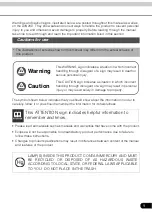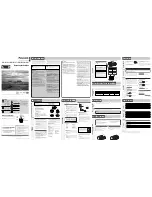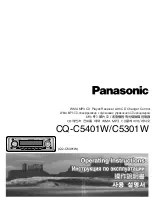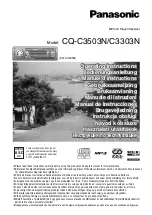
EN
6
2. Put your transmitter in range test mode. Range test mode reduces the power
output from the transmitter.
3. Have someone position the model in various orientations (nose up, nose down,
nose toward the transmitter, nose away from the transmitter, etc.).
4. Observe the telemetry on your transmitter or STi interface. Note any orientations
that cause higher fade or hold values. Perform this step for at least one minute.
5. Re-position any remote receivers as necessary.
Receiver Power System Requirements
Inadequate power systems that are unable to provide the necessary minimum
voltage to the receiver during flight have become the number one cause of
in-flight failures. Some of the power system components that affect the ability
to properly deliver adequate power include:
• Receiver battery pack (number of cells, capacity, cell type, state of charge)
• The ESC’s capability to deliver current to the receiver in electric aircraft
• The switch harness, battery leads, servo leads, regulators etc.
The AR636B has a minimum operational voltage of 3.5 volts; it is highly
recommended the power system be tested per the guidelines on next page.
Recommended Power System Test Guidelines
If a questionable power system is being used (e.g. small or old battery,
ESC that may not have a BEC that will support high-current draw, etc.),
it is recommended that a voltmeter be used to perform the following tests.
The Hangar 9
®
Digital Servo & Rx Current Meter (HAN172) or the Spektrum
Flight Log (SPM9540) is the perfect tool to perform the test below.
Plug the voltmeter into an open channel port in the receiver and with the
system on, load the control surfaces (apply pressure with your hand) while
monitoring the voltage at the receiver. The voltage should remain above
4.8 volts even when all servos are heavily loaded.
CAUTION:
When charging Ni-MH batteries, make sure the battery fully
charges. Ni-MH batteries charged with peak detection fast chargers
have a tendency to false peak (i.e. not fully charge), which
could lead to a crash.
How QuickConnect
™
Technology Works
• When the receiver voltage drops below 3.5 volts, the system ceases to operate.
• When power is restored the receiver immediately attempts to reconnect.
• If the transmitter was left on, the system reconnects typically in about
4/100 of a second.
QuickConnect with Brownout Detection is designed to allow you to fly safely
through most short duration power interruptions, however, the root cause of
these interruptions must be corrected before the next flight to prevent a crash.
NOTICE:
If a brownout occurs in flight it is vital that the cause of the
brownout be determined and corrected.






























